As anyone who's braved a cooking fire in a November rain or a February freeze can attest, summer grilling season is an unfortunate fiction. Yet here we are: Labor Day is creeping near, so many charcoal grills are enjoying their last hurrah until Memorial Day 2006, indoor ovens are being warmed up this very moment.
Just to refresh: Grilling is a far cry from barbecue. It encompasses a broad realm of over-fire cuisine — from seared steak to tofu kebabs.
Barbecue is all about the virtues of the slow: the triumph of no-rush communal cooking in the great outdoors. If your perfect barbecue specimen is served at a ramshackle joint on the wrong side of town, that's plenty noble, too.
America's true melting-pot nature can be found in barbecue's myriad methods and styles, and regional pride is rarely expressed more fiercely. Such are the controversies that try our souls: Ketchup or no ketchup? Sauce or no sauce? Pig or cow? Barbecue boundaries are no laughing matter — even, as with eastern and western North Carolina barbecue, if styles are subject to the occasional bit of intermingling on the menu.
Since we're not particularly keen on receiving death threats, we wouldn't dare to pit one style against another. (If you want a simple recap of which style is which, we've provided one.)
Some writers are braver than us. A veritable cottage industry has emerged to chronicle America's love of the open flame. If Labor Day is your last big chance for barbecue until the thaw, you might enjoy some expert insight.
Countless barbecue books (which are occasionally grilling books as well) cover this territory. Many are heavier on bragging rights than wisdom. We've mined the recent crop, and revisited some classics. Our picks:
"Legends of Texas Barbecue Cookbook" by Robb Walsh (Chronicle Books, $18.95)The setup: You might think of Texas barbecue as monolithic. Robb Walsh, one of the most engaging Lone Star food scribes, is out to prove differently as he chronicles the state's (or is that the Republic's) many styles of 'cue — from classic beef brisket to Tejano barbacoa. Added for flavor is the full history of Texas' outdoor meat obsession. He profiles legendary venues like Lockhart's Kreutz Market, but also praises unsung heroes of the flame.
On the menu: Edgar Black's overnight brisket, New Zion ribs, German potato salad, lengua (beef tongue).
What works: Walsh's eye for detail is impeccable, and he's only too happy to knock down a lot of myths — that, for instance, Texas BBQ never gets sauce. (See Ch. 3: "The Battle Over Sauce.") He's content to catalog the world of barbecue diversity in a state big enough to embrace multiple traditions.
Words of wisdom: "If you live in Texas, you can usually get a cow's head at any Fiesta supermarket. Get the smallest one you can find. The bigger ones don't fit in conventional ovens or electric roaster ovens."
Verdict: Five tongs out of five.
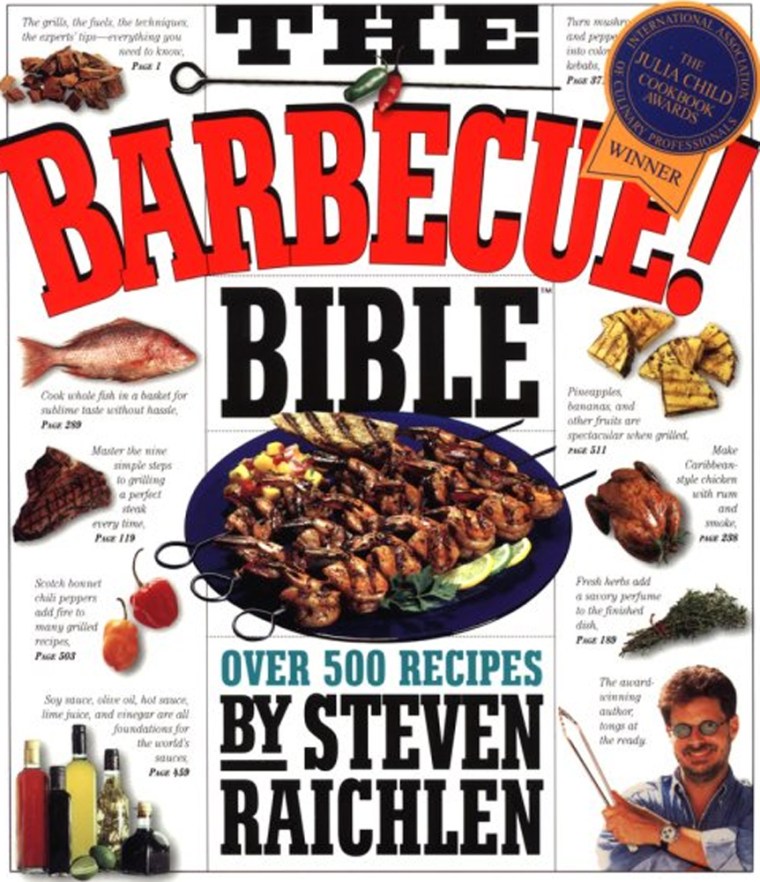
On the menu: North Carolina pulled pork, Uzbek spiced grilled quail, Guyanese mango fire relish, Mexican "steak from hell."
What works: It's a United Nations approach — with few corners of the globe omitted. Surprises abound (grilled provolone) but each recipe clearly outlines its cooking method and any special requirements. Should you prefer solely homegrown recipes, his follow-up, "BBQ USA," offers a domestic focus, with a good dose of travelogue.
Words of wisdom: "Some people let the steak come to room temperature before grilling. Most professionals, like myself, don't bother. If you do cook a room temperature steak, reduce the cooking time slightly."
Verdict: Four tongs.
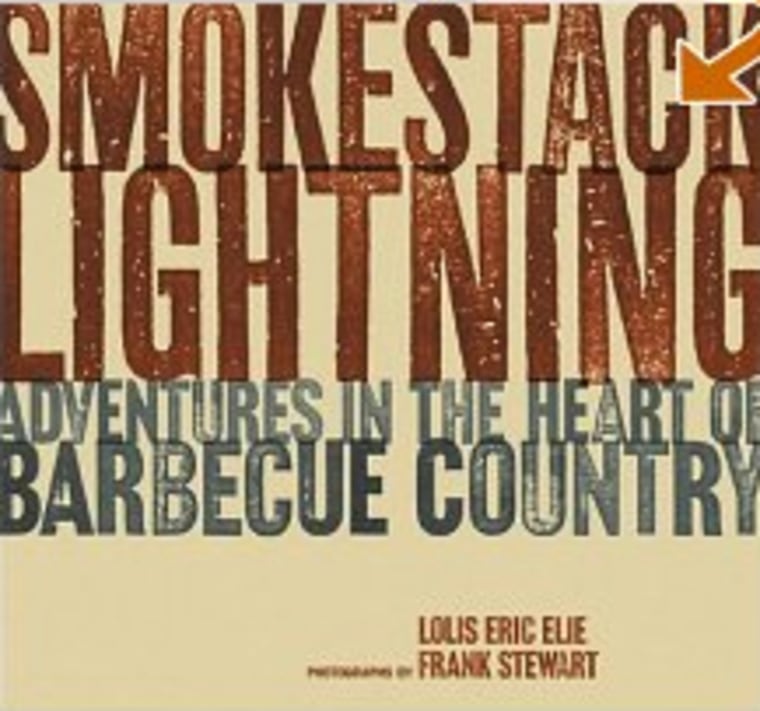
On the menu: Moonlite mutton dip, Vienna Volunteer Fire Dept. whole hog, Oklahoma Joe's smoked cabbage.
What works: If you're looking for a grillside companion, Elie's clear-eyed effort is less about recipes (which are tucked neatly in back) than the drama and detail of barbecue culture. But he's a masterful storyteller, and will leave you plenty hungry. He's also one of the few BBQ authors willing to tackle the racial politics of barbecue, a world in which white men and black men — and yes, almost exclusively men — coexist, sometimes uneasily.
Words of wisdom: "It was once truer — if not ever absolutely true — that west meant beef barbecue and east meant pork. But with people moving from region to region and with restaurants opening businesses based not so much on what is regionally authentic as on what has proven to sell well in other places, it's easy to find pork barbecue in Texas and not impossible to find beef in Tennessee, Georgia and South Carolina."
Verdict: Four tongs.
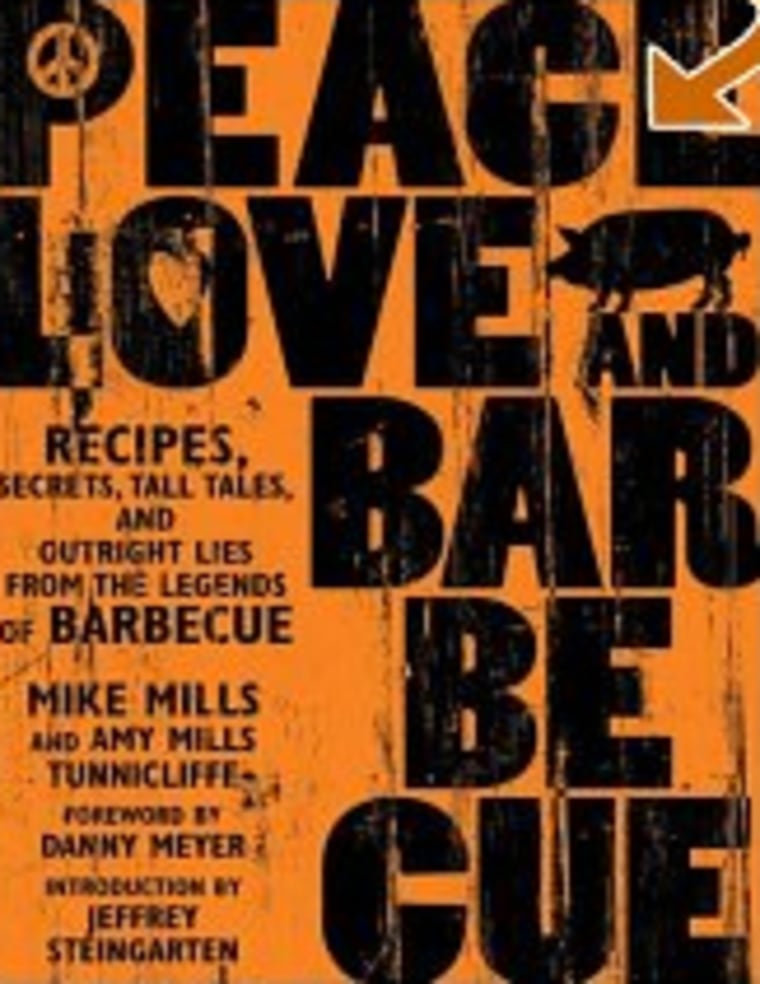
On the menu: Big Bob Gibson's hickory-smoked chicken, Ed Mitchell's butter beans and black-eyed peas, Auchmutey family Brunswick stew.
What works: If "Peace" occasionally lacks focus, it more than compensates in detail. Mills offers an insider's take in a pleasant, conversational tone. Though the recipes are mouth-watering, his subjects share more side dishes than main courses.
Words of wisdom: "Miracle Whip is a staple in the Midwest and the South, and it gives dishes a very distinct taste. I'm not sure why it gets such a bum rap. Some of my gourmet friends swear they'd never buy it, much less use it. If you're really that concerned about what your friends will think, seems to me you might be running with the wrong crowd."
Verdict: 3 tongs.

On the menu: Dallas brisket, barbecue duck, Waynesboro shrimp.
What works: Stines' approach is more straightforward than stylish, but he doesn't skimp on detail — deftly explaining, for instance, the difference between eastern and western North Carolina styles. His section on buying brisket is impressive.
Words of wisdom: "When picking a packaged brisket, place your hand under the center of the meat and select one that has the most natural bend. If it's tough coming out of the butcher shop, it will be tougher to make it tender during the barbecue."
Verdict: 3 tongs.
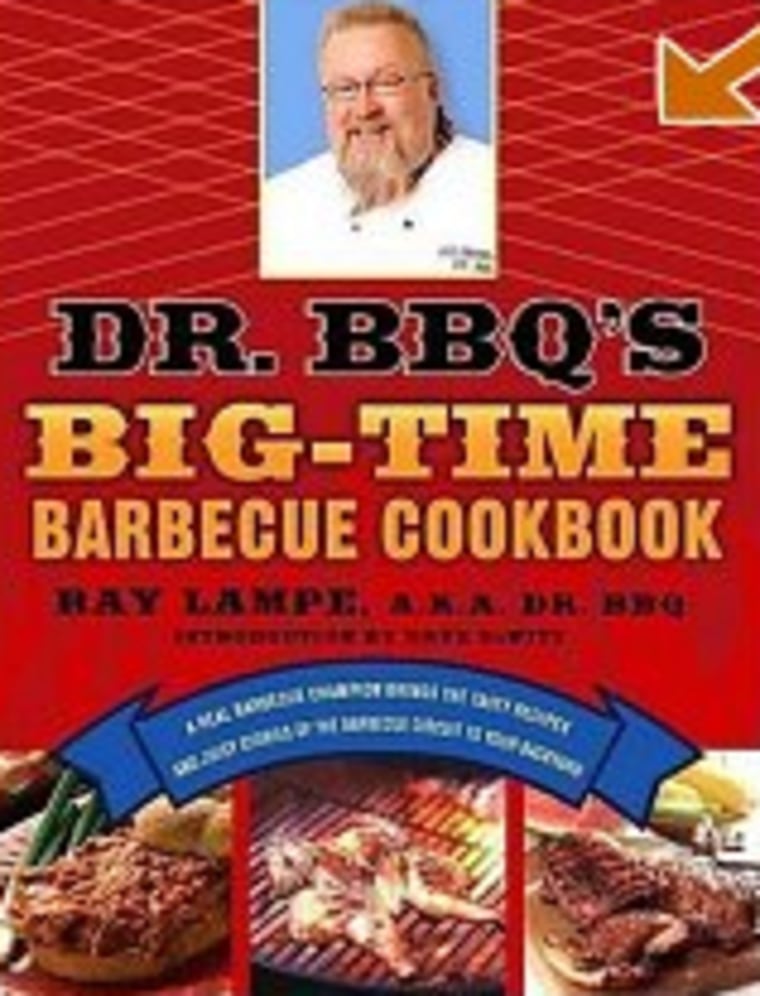
On the menu: Kansas City-style pork butt, Jack and Coke steak, sherry butter turkey, Thai brisket salad.
What works: Neither the writing nor food is fussy. This is a book for barbecue populists, and Lampe isn't the kind of guy to send you on a goose chase for the perfect mustard (though he does insist on turbinado sugar). He's also got a few surprises up his sleeve, like that turkey recipe, which scored him his first trophy.
Words of wisdom: "I've proposed a cookoff where we all show up in a loincloth and nothing else and see who can make a weapon, hunt a dog, dig a hole, create fire, and get it cooked first. Now that would be Traditional Barbecue. Okay, the loincloths would be cheating, but if you'd ever been to a cookoff you'd want them to be allowed, too."
Verdict: 2.5 tongs.
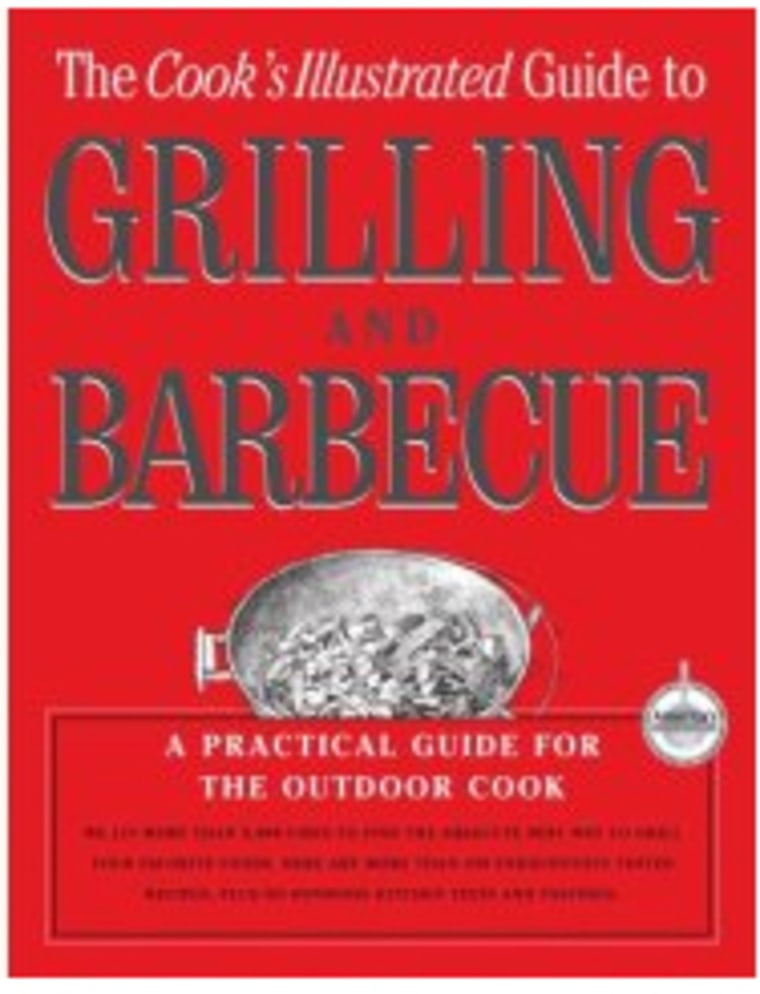
On the menu: Charcoal-grilled rack of lamb, grilled fennel with grapefruit vinaigrette, grill-smoked pork chops.
What works: No one ever read these books for colorful turns of phrase; the tone is classic Poindexter. But endless kitchen testing provides valuable insight. Most recipes follow the standard CI method of a basic preparation, followed by variations on the theme.
Words of wisdom: "Heat causes muscle proteins to uncoil and then rejoin in a different formation, which drives out juices in the same way that wringing removes moisture from a wet cloth. This process starts in earnest at around 140 degrees, and by the time the meat reaches 180 degrees, most of its juices have been expelled. This explains why a medium-rare steak (cooked to 130 degrees) is much juicier than a well-done steak (cooked to 160 degrees)."
Verdict: 2.5 tongs.
MSNBC.com lifestyle editor Jon Bonné isn't going to choose between beef and pork. No way.